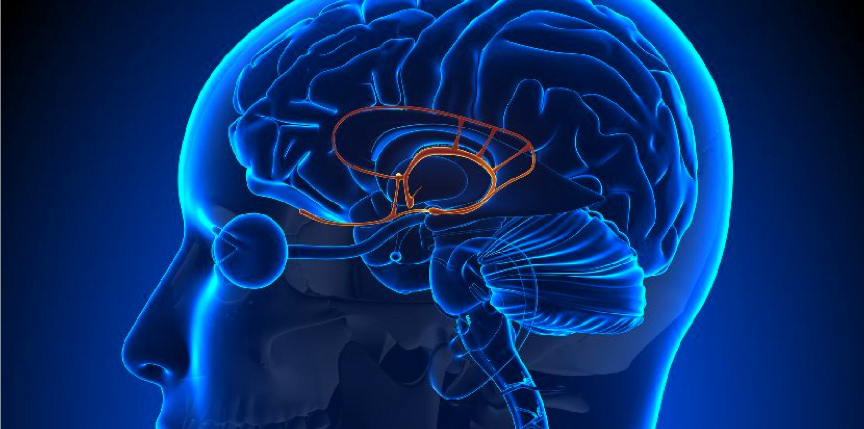If you’ve studied or been in Management for any period of time, you take it for granted that rational decision making is the best kind of decision making.
In fact, for a century, science taught us that we make all our decisions rationally. “He’s letting his emotions get in the way,” we might say when someone’s making a bad decision. Management and other professions came out of this science.
But new science—neuroscience in the age of the MRI—is teaching us something very different. The brilliant neuroscientist Antonio Damasio at USC is at the heart of this renaissance. He and his colleagues came across a group of subjects who couldn’t make the simplest of decisions.
Damasio and team would ask a question like: “Where should we go to dinner tonight?” These subjects would go on endlessly without actually answering. “Well, this restaurant is always busy, so it must be good,” they would say. “But we might not get a table easily. On the other hand, the food must be great,” they’d continue pensively. “Although it might be noisy. But I hear the service is excellent.” Every decision-question went unanswered this way. It drove Damasio and his team to the edge.
What did these subjects have in common? They all had something wrong with their limbic system, the brain region that processes emotions. Without the full ability to process emotion, they couldn’t make the simplest decision; they didn’t have the lift that emotion brings to the decision-making process. Turns out, as Damasio proved, humans can’t make a single decision without both cognitive reasoning and its emotional counterpart. We need both.
When we want lasting change—change that will live on over time, not simple compliance—we need our people to decide to change. They have to want to change.
So when we give our people the rationale for our change, but we don’t also satisfy the emotional component of the decision, we leave the emotional component to chance. We leave it to be filled by any number of inputs that may be counter to the change.
How do we reach people on an emotional level during a change effort? How do we drive inputs that satisfy emotion?
The successful change leaders (a small minority of the leaders) I studied did things very differently from those who failed to bring lasting change (the majority). The successful leaders did it by action.
They got personally involved on the front end of the change—the inputs; this brought them better outcomes. They pulled their people to and through the change; they didn’t push change. They listened before acting. And they modeled the change.
I’ll talk about these factors from my book in future newsletters.
Bottom line: We can’t be successful at change without emotion. Our muscle memory as leaders may be primed to give people rational reasons to do things, but we need to use some new muscles during change. We need to bring emotion to work.

